Learn how to grow and care for Almond Nut Tree from planting to harvesting. This comprehensive guide covers everything you need to know, including site selection, planting techniques, watering, pruning, pest control and harvesting almonds.
Almonds are a delicious and nutritious nut that can be grown in your backyard with the right care and attention. Whether you’re a seasoned gardener or a beginner, growing almond nut tree can be a rewarding experience. In this article, we’ll cover everything you need to know about growing and caring for almond trees.
Here’s a detailed information chart for Almond trees:
| Aspect | Details |
|---|---|
| Botanical Name | Prunus dulcis (syn. Prunus amygdalus) |
| Common Names | Almond |
| Plant Type | Deciduous tree |
| Zones | USDA Zones 7-9 |
| Exposure | Full sun |
| Bloom Time | Late winter to early spring |
| Height/Spread | 15-20 feet tall and wide |
Choosing the Right Variety
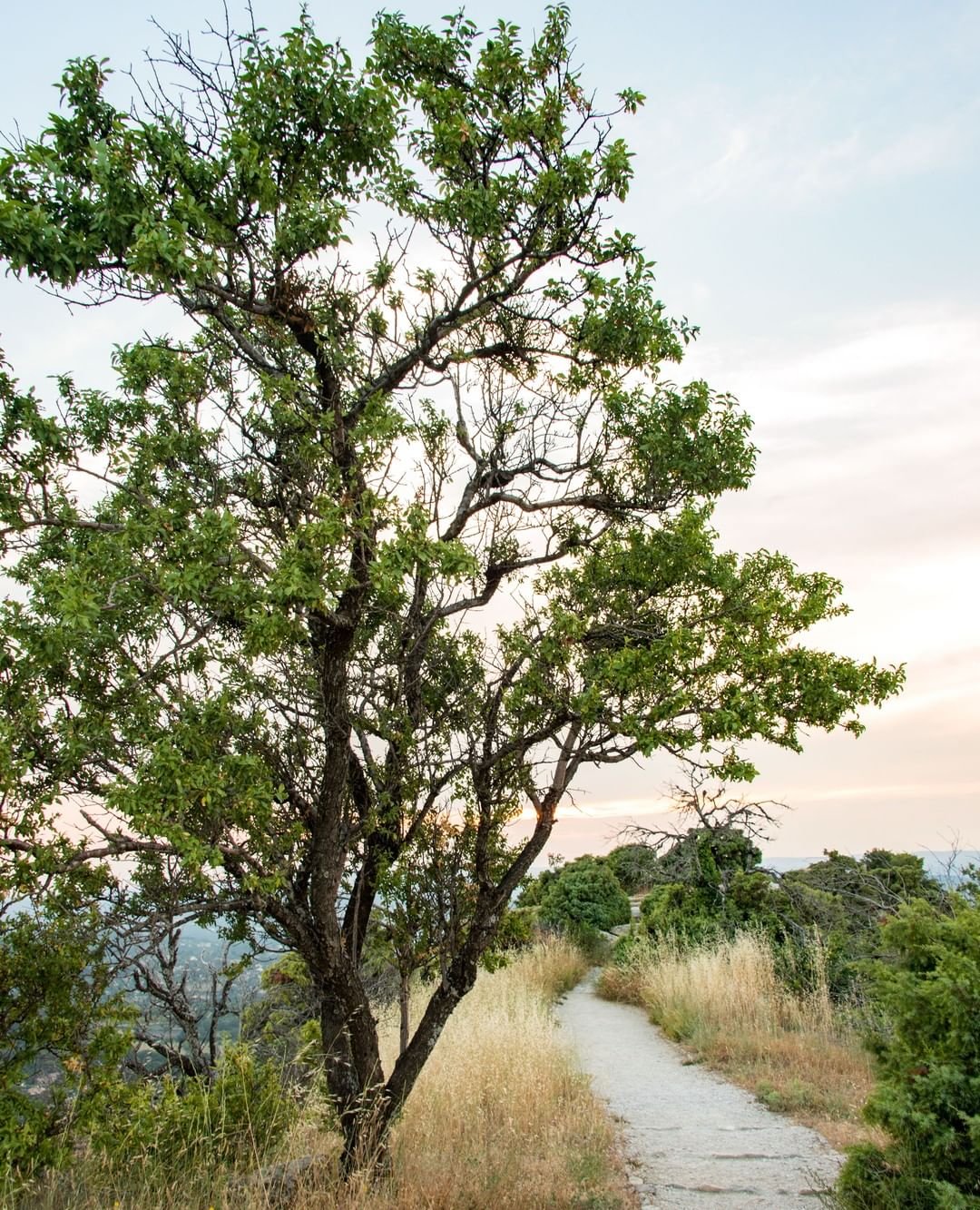
Before you start growing almond trees, it’s essential to choose the right variety for your climate and location. Almond trees thrive in warm, dry climates with long, hot summers and mild winters. Some popular varieties suitable for home gardens include:
- Nonpareil: One of the most widely grown varieties, with a sweet, mild flavor.
- Mission: An older variety that produces large, soft-shelled nuts.
- Carmel: A semi-soft shell variety with a rich, buttery flavor.
Site Selection and Preparation
Almond trees need full sun exposure, well-draining soil and adequate spacing for proper growth and nut production. Choose a sunny spot in your yard with at least 6-8 hours of direct sunlight daily. Avoid low-lying areas prone to frost or poor drainage.
Before planting, prepare the soil by mixing in organic matter like compost or well-rotted manure to improve drainage and nutrient content. Almond trees prefer slightly alkaline soil with a pH between 6.5 and 7.5.
Planting Almond Trees
The best time to plant almond trees is in late winter or early spring, when the trees are still dormant. Here’s how to plant your almond tree:
- Dig a hole twice as wide and slightly deeper than the root ball.
- Carefully remove the tree from its container and loosen any tangled roots.
- Place the tree in the hole, ensuring the graft union (where the scion and rootstock meet) is 2-4 inches above the soil line.
- Backfill the hole with the original soil, gently tamping down as you go to remove air pockets.
- Water the tree thoroughly after planting.
Space almond trees 15-20 feet apart if you’re planting multiple trees.
Watering and Fertilizing
Proper watering is crucial for the health and productivity of your almond trees. During the first year, water your trees deeply once or twice a week, depending on the weather and soil conditions. Established trees require less frequent watering, but still need supplemental water during prolonged dry spells or periods of extreme heat.
Fertilize your almond trees annually in early spring with a balanced fertilizer formulated for fruit trees. Follow the manufacturer’s instructions for application rates based on your tree’s age and size.
Pruning and Training
Pruning is essential for maintaining the shape, size and overall health of your almond trees. The best time to prune is in late winter or early spring, before the trees start to bud.
For young trees, prune to establish a strong, central leader and remove any crossing, damaged or inward-facing branches. As your trees mature, prune to maintain an open, vase-like shape that allows for good air circulation and sunlight penetration.
Pest and Disease Management
Like many fruit and nut trees, almond trees are susceptible to various pests and diseases. Here are some common issues to watch out for:
- Peach twig borer: This insect pest can damage young shoots and nuts. Use pheromone traps or approved insecticides if infestations are severe.
- Navel orangeworm: These moths lay eggs in developing nuts, causing damage and allowing fungi to enter. Monitor for infestations and apply appropriate controls if necessary.
- Shothole borer: These tiny beetles tunnel into the bark, causing dieback and stunting growth. Prune out infested branches and apply insecticides if needed.
- Bacterial spot: This disease causes small, circular spots on leaves and fruit. Prune out infected branches and apply copper-based fungicides.
Always follow the instructions on pesticide and fungicide labels carefully and consult with a local expert if you need assistance identifying or treating any issues.
Harvesting and Storing Almonds
Almond trees typically begin producing nuts 3-4 years after planting, with full production occurring around years 5-7. You’ll know your almonds are ready to harvest when the hulls (outer green coverings) start to split open, revealing the hard shell underneath.
To harvest, shake or gently knock the branches, allowing the mature nuts to fall onto tarps or sheets spread beneath the tree. Collect the fallen nuts and remove any remaining hulls or debris.
After harvesting, lay the nuts out in a warm, dry area with good air circulation to dry for 2-4 weeks. Once fully dried, store the almonds in airtight containers in a cool, dry place. Properly stored, almonds can keep for up to a year.
With the right care and attention, growing almond trees can be a rewarding and delicious endeavor. Follow these tips, and you’ll be enjoying fresh, homegrown almonds in no time!

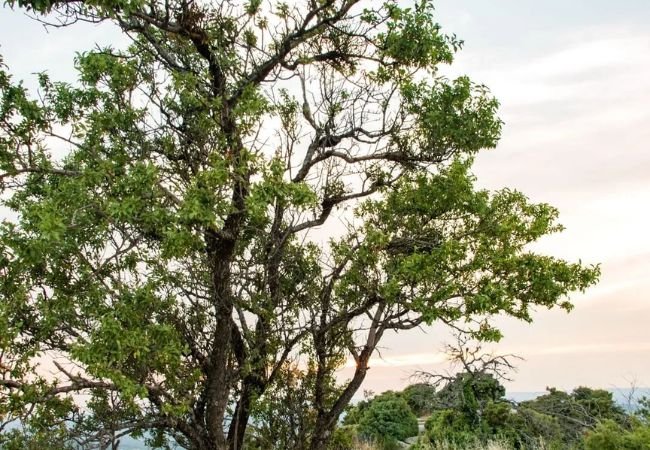
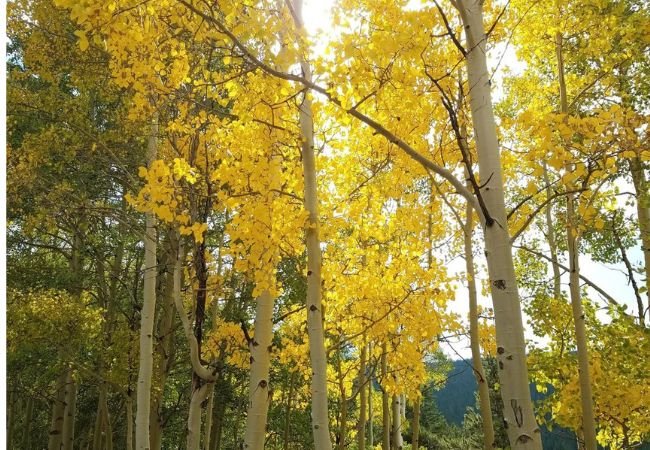
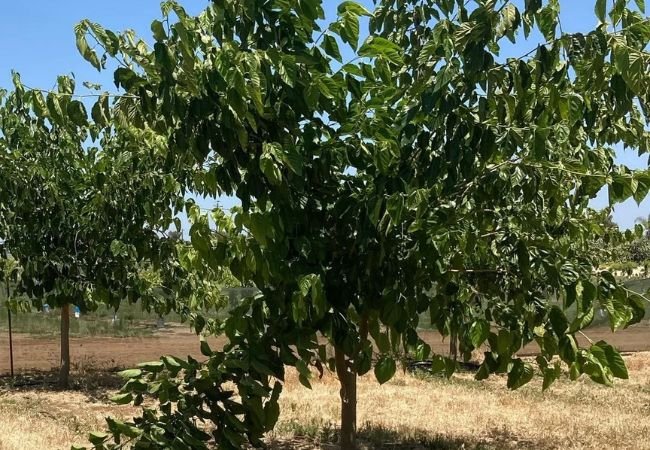
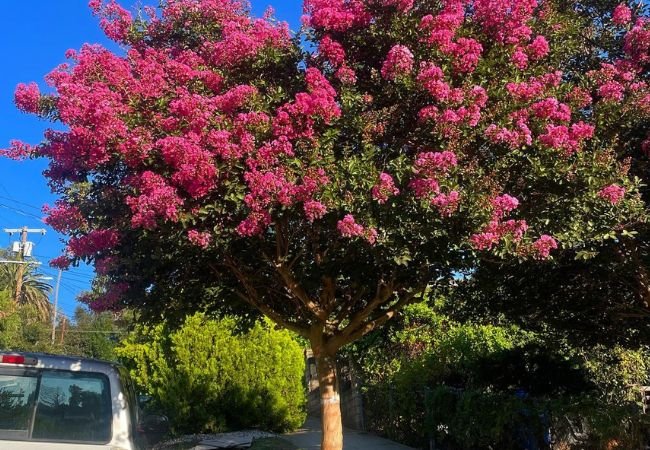
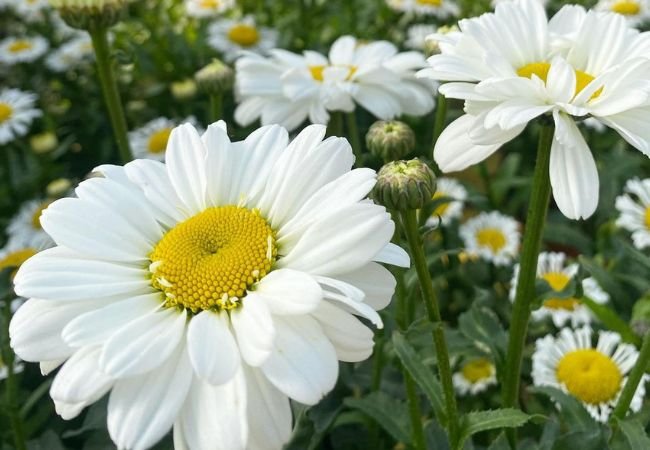
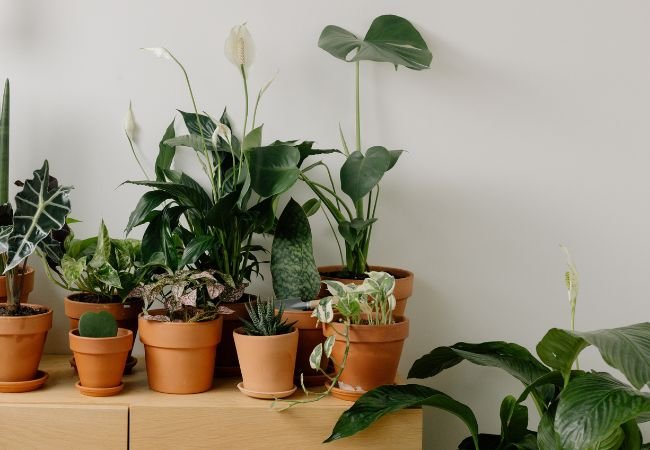


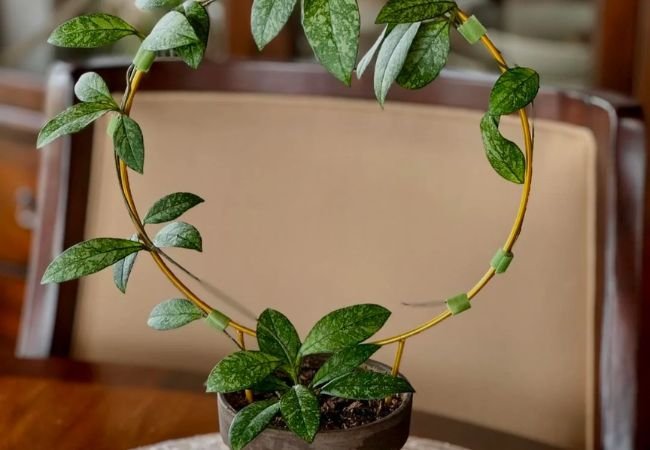
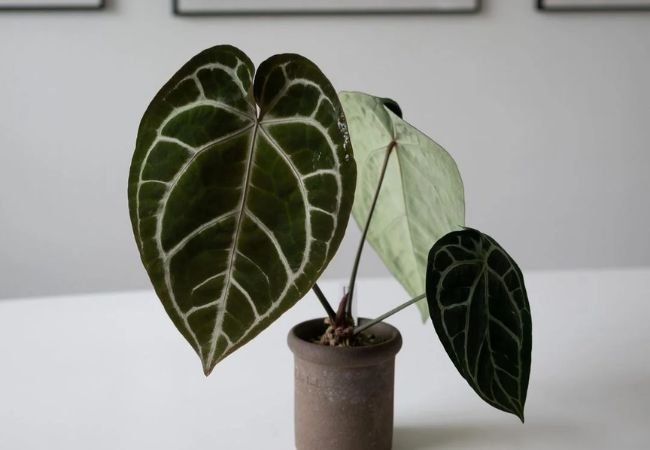
[…] a truly eye-catching display, consider a deco mesh tree. These trees are made by carefully wrapping deco mesh, a decorative mesh material, around a wire […]
[…] sights in nature are as breathtaking as a flowering cherry blossom tree in full bloom. With their delicate pink or white blossoms adorning the branches, these Prunus trees […]
[…] gums are fast-growing trees that can reach heights of 60-75 feet. They’re valuable for reforestation efforts and urban […]
[…] fruit of the Ogeechee Lime tree, also known as Nyssa ogeche, is small and tart, resembling a small lime. It is prized for its […]
[…] in promoting vigorous growth and bountiful yields. Apply a balanced fertilizer formulated for fruit trees, following the manufacturer’s recommendations. Organic fertilizers, such as compost or […]